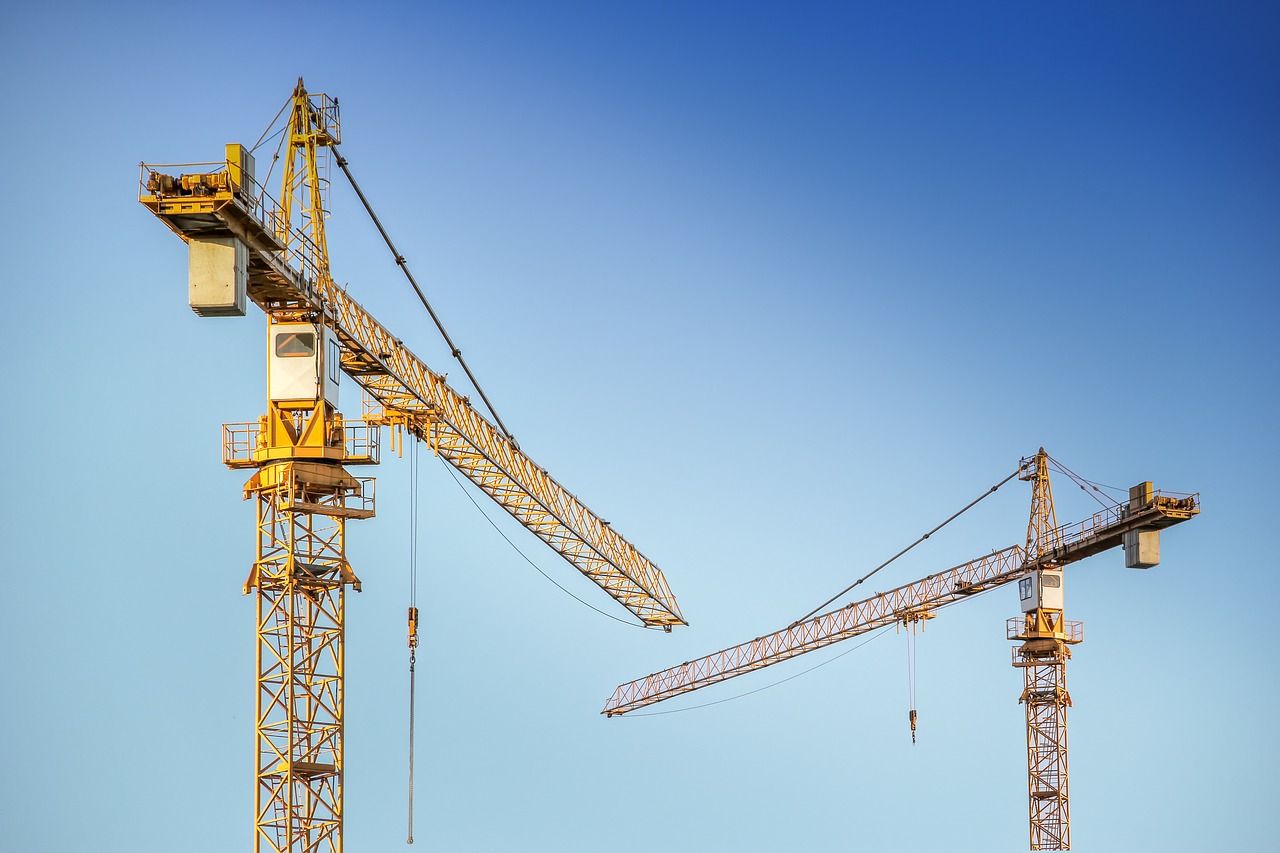Boosting Assam’s Economy: The Significance of the Bogibeel Inland Waterways Terminal Project 2023

Boosting Assam’s Economy: The Significance of the Bogibeel Inland Waterways Terminal Project 2023
The terminal will facilitate freight movement at a relatively reduced cost of transportation and boost ecotourism in the area.
On Tuesday (July 4), the government set the cornerstone of the Inland Waterways Transport (IWT) terminal that will be built in Bogibeel in Assam’s Dibrugarh, marking a significant step towards improving the nation’s waterways. The River Brahmaputra’s banks will be the location of the terminal’s development.
Union Minister Sarbananda Sonowal laid the terminal’s foundation stone. The IWT terminal will significantly revive regional inland waterways transit for freight and passenger operations. By strengthening the capital infrastructure at Bogibeel, the development of this terminal will revitalize inland waterways transportation in the area.

The Indian Government has recently unveiled ambitious plans to boost the development of inland waterways, seeking to tap into the vast, underutilized potential of the country’s extensive river networks. In a significant development for the state of Assam, the government has announced the establishment of a state-of-the-art tourist-cum-cargo inland waterways terminal at Bogibeel by 2024.
India has a long history of inland water transport, with a river network spanning 14,500 kilometres. Nearly 5,200 kilometres of the river and canal systems are currently deemed fit for navigation. However, despite the extensive network, the country’s potential to exploit these waterways for trade and tourism has remained relatively underdeveloped, with the sector accounting for less than 1% of the total inland traffic in the country.

At the event, Sonowal expressed the hope that the modern IWT terminal will serve as a stimulus for Dibrugarh to recapture its former grandeur and establish the area as an important economic centre. The terminal will also play a crucial role in assisting the airport to eventually serve as a growth indicator for upper Assam, Arunachal Pradesh, and Nagaland.
Recognizing this potential, the Indian government has started focusing on waterway development to facilitate trade, tourism, and transportation. The IWAI (Inland Waterways Authority of India) was founded in 1986. has been designated responsible for developing, maintaining, and regulating the country’s inland waterways.

The proposed terminal at Bogibeel, known for the longest rail-cum-road bridge in India, is part of a broader effort to rejuvenate inland waterways. This initiative will enhance Assam’s connectivity and significantly bolster the state’s tourism and trade sectors.
The tourist-cum-cargo inland waterways terminal will be a multipurpose facility. It is designed to handle cargo and passenger traffic, thus playing a vital role in integrating different modes of transportation. Besides facilitating cargo movement, it will also serve as a launch point for river cruises and other tourism activities, offering an immersive experience of the region’s rich natural and cultural heritage.
The establishment of the Bogibeel terminal is expected to provide a significant boost to the local economy. By facilitating trade, the terminal will stimulate economic growth in the region, creating job opportunities in logistics, tourism, and related industries.

The move will also attract investment and foster industrial growth along the Brahmaputra river banks. Decreasing dependence on road transport will help reduce logistics costs, making local industries more competitive.
The push for waterways is also rooted in sustainability concerns. Transport through channels is more energy-efficient and less polluting than road and rail transport. By shifting a part of the transportation load from highways and railways to rivers, the initiative could reduce carbon emissions and mitigate the effects of climate change.
The terminal will open up new opportunities for trade and business development.
The IWAI and the Inland Waterways Authority of India refer to the same entity. the Ministry of Ports, Shipping & Waterways’ focal body for inland waterways will oversee and operate the port.
The terminal’s development would cost Rs 46.60 crores, and it will have a lot of contemporary elements.
By February 2024, the tourist-cum-cargo IWT terminal project should be finished.
The expansion of this IWT terminal will accelerate industrial development and result in increased demand for transport services.
According to the administration, the building of the IWT terminal, together with Assam, would contribute to the socioeconomic growth of the entire North Eastern zone.
The terminal will facilitate freight movement at a relatively reduced cost of transportation and boost ecotourism in the area.
The IWT terminal will have amenities such as cargo and passenger berths, approach and other internal roadways, a transit shed, open storage area, a truck parking area, and a passenger waiting room, according to a statement from the ministry.
For the past nine years, MoPSW and IWAI have implemented PM Modi’s “Act East Policy” and transformed the nation’s waterways sector.

While establishing the terminal heralds a new era in inland water transport, it also brings numerous challenges. These include maintaining navigability in the river throughout the year, addressing environmental concerns, and ensuring the infrastructure’s resilience against climate change-induced risks. The government and IWAI must address these challenges through strategic planning and implementation.
The development of the Bogibeel Inland Waterways Terminal by 2024 is a significant milestone in the Indian government’s effort to harness the potential of the country’s inland waterways. It symbolizes the shift towards a multi-modal transportation system that amalgamates trade, tourism, and transport, paving the way for a more connected, economically robust, and environmentally sustainable future. The terminal at Bogibeel can serve as a model for similar initiatives across the country, marking a paradigm shift in the utilization of India’s waterways.




